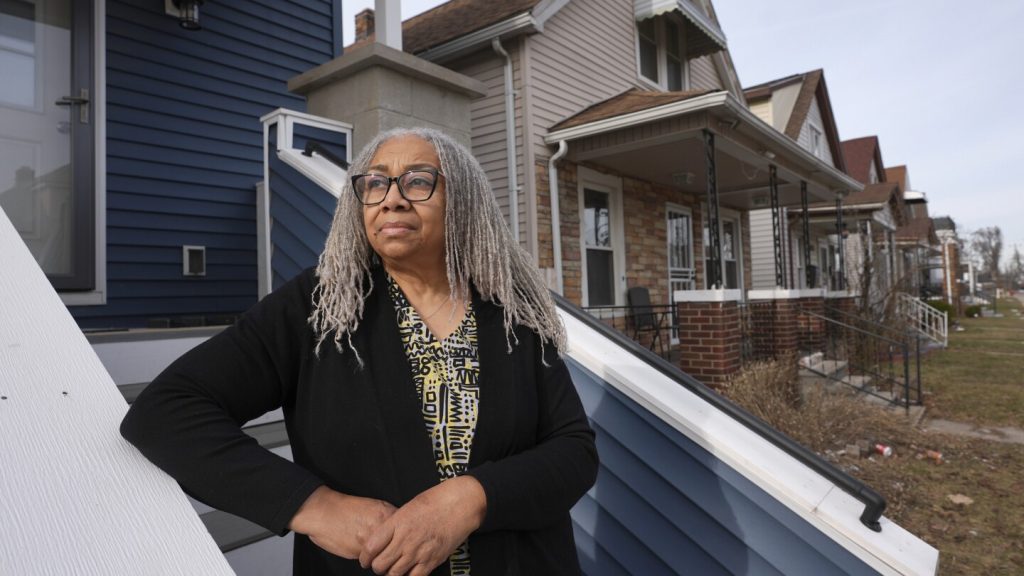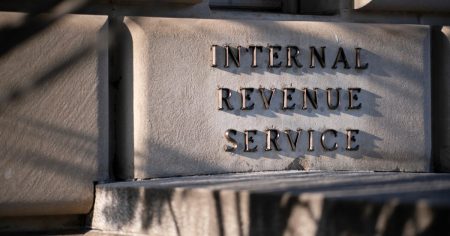A New Beginning in Hamtramck: Leslie Knox’s Story of Resilience and Redemption
In the heart of Michigan, the small city of Hamtramck has long been a mosaic of cultures, shaped by its immigrant history and industrial roots. Yet, beneath its vibrant diversity lies a complex and painful past. For Leslie Knox, a 70-year-old retired nurse, returning to Hamtramck is more than just a homecoming—it’s a testament to resilience and divine intervention. Decades ago, as a young girl, Knox witnessed her city accused of destroying neighborhoods to push out Black residents. Now, she sits in her new two-story home on Gallagher Street, one of the last beneficiaries of an extraordinary legal settlement that mandated the construction of 200 homes for victims of discrimination or their families. With no mortgage to bear, only property taxes and insurance, Knox reflects on her journey, placing two Black angel figurines on her kitchen window. “I feel like I’ve been given this house by divine intervention,” she says. “I believe God put me here.”
Closing a Dark Chapter: The Legacy of Discrimination in Hamtramck
Hamtramck’s history is a tale of two worlds. In the early 1900s, its blue-collar jobs attracted immigrants from Eastern Europe, particularly Poland, creating a tight-knit community. The city’s Polish heritage was so deep that it even caught the attention of Karol Wojtyła, then a Catholic cardinal, who visited in 1969 and returned in 1987 as Pope John Paul II. A towering statue of the pope stands today in a public plaza, a reminder of its proud heritage. Yet, beneath this cultural richness, a darker narrative unfolded. For many Black residents, Hamtramck was a place of exclusion and injustice. In 1971, U.S. District Judge Damon Keith ruled that the city had intentionally targeted Black neighborhoods, demolishing low-income housing in an effort to rid itself of its Black population. Michael Barnhart, a lawyer for the victims, described the city’s actions as more than just urban renewal: “It wasn’t, ‘We want this land for something and therefore you’re in the way.’ It was, ‘We just want you gone.’”
A Long and Winding Road to Justice
The road to justice for Hamtramck’s Black residents was anything but swift. The lawsuit, filed in 1968, became one of the longest-running civil rights cases over housing in U.S. history. After years of appeals, the city agreed in 1981 to a remedy: it would build apartments for seniors and 200 scattered housing units for families. Priority would be given to those with certain income levels and a connection to the class-action lawsuit. Yet, fulfilling this promise took decades. “The city didn’t have the money,” explained James Allen, an attorney who represented Hamtramck during the final stages of the litigation. The city’s financial struggles were so severe that it was placed under state oversight twice, starting in 2000. Even with federal and state grants covering most of the construction costs, progress was slow. By 2010, a festive ribbon-cutting ceremony marked the opening of a new home on Martin Luther King Jr. Day, but dozens of homes were still left to build or rehabilitate. The total cost to build the last three houses alone was approximately $1 million. Today, the promise is finally fulfilled, marking the end of a dark chapter in Hamtramck’s history.
From Auto Industry Boom to Cultural Renaissance
Hamtramck’s rise and fall have long been tied to the auto industry. In the 1950s, more than 30,000 people worked at the local Chrysler factory, known as Dodge Main. By 1980, the year the factory closed, the workforce had dwindled to a fraction of that number, and the city’s population had plummeted. Polish Americans began moving out, and Hamtramck became a gateway for new immigrants from Yemen, Bangladesh, Bosnia, and elsewhere. Today, the city remains a gritty, densely populated community of just 2 square miles, defined by its two-story flats with small yards and narrow paths between homes. General Motors now operates a plant that straddles Hamtramck and Detroit, producing electric vehicles. The population has rebounded to 27,000, a 20% increase from 2010, though it’s still far from the peaks of the early 20th century. The median household income in Hamtramck was $40,000 in 2023, compared to $71,000 statewide, according to the Census Bureau.
A City Transformed: Embracing Diversity and Moving Forward
Hamtramck’s transformation is not just economic; it’s deeply cultural. Today, the mayor and city council members are all Muslim, reflecting the city’s growing diversity. A stretch of Holbrook Street was renamed Palestine Avenue during the Israel-Hamas war, a decision that underscores the city’s affiliation with its Middle Eastern and North African roots. Amar Pizza, a local eatery influenced by Bangladeshi tastes, was named one of the best pizzerias in America by The New York Times. Meanwhile, St. Ladislaus Catholic Church, where a future pope once visited, stands closed and for sale, as calls to Muslim daily prayer echo through the streets. For Leslie Knox, this cultural shift is both familiar and new. “Sometimes they’ll wake me up at 6 a.m. because it’s on a loudspeaker,” she says. “I’m Christian, so when they pray in Yemeni, I pray in my spiritual language.” Knox’s journey is one of reflection and starting anew. “I do reflect about the history,” she says. “I believe I was put here for a reason. I can’t explain it. … I’m already 70 and just starting all over again.”
Honoring the Past, Building the Future
Hamtramck is not trying to erase its history. Instead, it honors the struggles of those who fought for justice. A park is dedicated to Sarah Sims Garrett, the lead plaintiff in the lawsuit, and a monument there describes the long struggle to overcome discrimination. Garrett’s son, Dwydell, 59, also lives in a house granted to him through the settlement. He reflects on his mother’s legacy with gratitude and grace. “It’s a very special honor to have someone raise me as not being bitter for things that went on,” he says. “I can’t hold a grudge.” For Leslie Knox, Dwydell Garrett, and the many others who have called Hamtramck home, the city’s story is one of both pain and progress. As the legal chapter closes, Hamtramck stands as a testament to resilience, diversity, and the enduring quest for justice.












